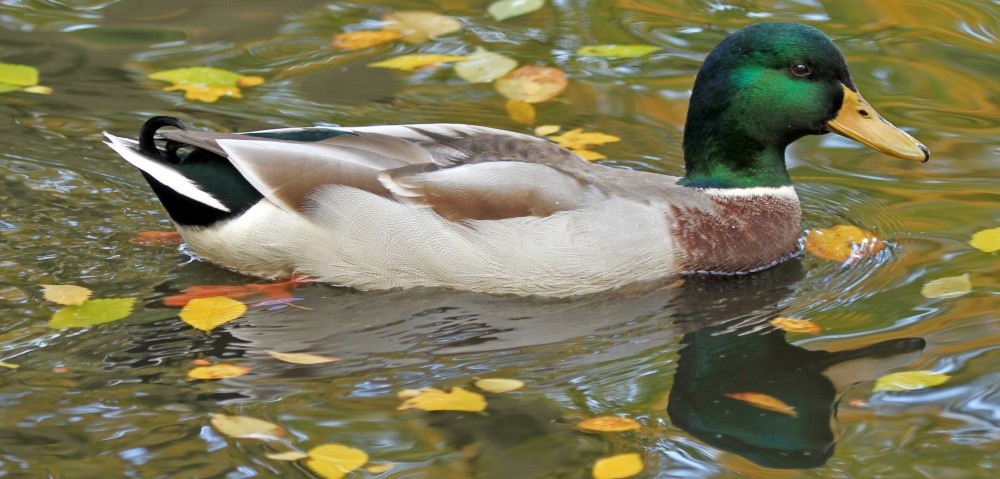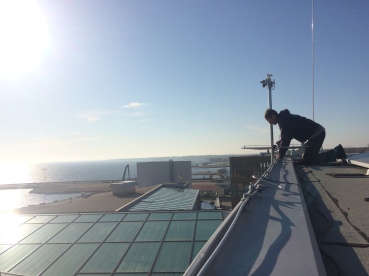
It is already mid-October, but the weather is still mild for the season, especially so the last couple of days. Today we took advantage of the sunny autumn day and headed up on the roof. And what splendid scenery there is on top of the new university building! You can see tens of kilometers in each direction and have a clear view of the strait of Kalmar. A perfect spot to place our new MOTUS antennas.
And what is a Motus antenna, you may ask? Good question. The Motus Wildlife Tracking System is a collaborative research network that uses coordinated automated radio telemetry arrays to study movements of small animals. Or simply put: you can equip birds with mini radio transmitters and listen for them with large radio antennas. And by placing many antennas in a flyway of birds, you can follow the birds during migration. This is a big thing in North America, and just recently have started to become more common in Europe. If you look at the maps below you see that the towers currently are focused to the Wadden Sea region, but with occasional towers elsewhere. Together with Ottenby Bird Observatory and Lund University we are now building a network of Motus towers on the island Öland.
Compared to other tracking techniques, Motus has the benefit of really, really small loggers – all the way down to 0.2g. This means you can put them on smaller birds compared to other types of loggers, and study migration of warblers, thrushes, swifts and waders. And the more towers the better, as all towers can detect all loggers and forward the data to the right project. Pretty nice! Thus, today we added a new tower to the system.




